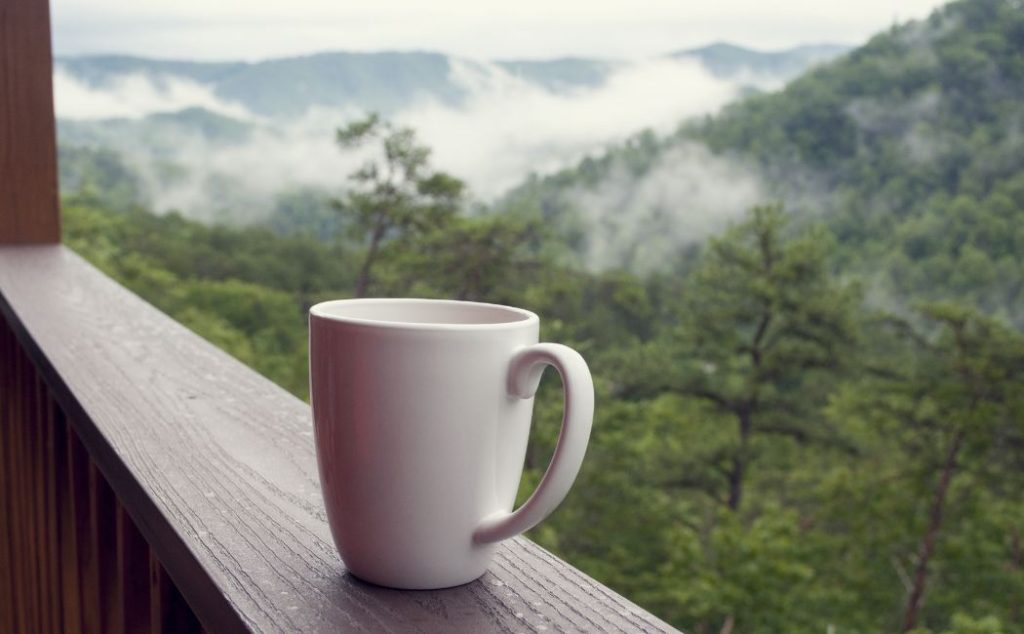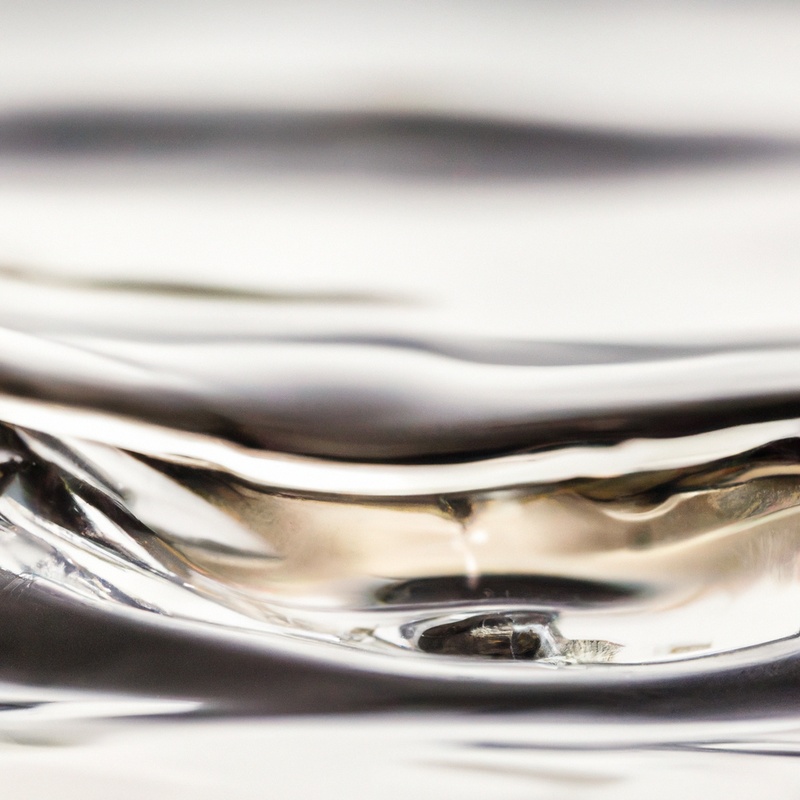Key Takeaways:
- The water in a drip coffee brewer moves due to a combination of gravity and pressure.
- The heating element in the brewer increases the pressure, causing the water to move upward through a tube.
- Gravity then pulls the water down and over the coffee grounds, extracting flavor and creating the brewed coffee.
- The flow rate can be adjusted to control the strength of the coffee by changing the pressure or the size of the drip openings.
Have you ever wondered how water magically flows through your drip coffee brewer, creating that perfect cup of joe?
Well, get ready to dive into the fascinating world of drip coffee brewing mechanics! In this article, we’ll explore the intricate workings of a drip coffee brewer, from its various parts and components to the vital role that water plays.
We’ll uncover the factors that influence water movement, the science behind it all, and even troubleshoot some common water flow issues.
So, grab your favorite mug and let’s unravel the secrets of what makes the water move in a drip coffee brewer!
| Component | Explanation |
|---|---|
| Water Reservoir | Holds the water used for brewing |
| Heating Element | Heats the water to the desired temperature |
| Drip Tube | Guides the hot water from the heating element to the coffee grounds |
| Filter | Holds the coffee grounds and allows water to pass through |
| Gravity | Plays a role in pulling the water down from the reservoir to the heating element and then from the heating element to the coffee grounds |
| Pressure | Builds up when the heated water, under the force of gravity, is prevented from passing freely through the filter. This pressure builds up until it is strong enough to push water through the filter and into the pot |
| Perforated Showerhead | Distributes the hot water evenly over the coffee grounds |
Understanding the Mechanism of a Drip Coffee Brewer
Understanding the Mechanism of a Drip Coffee Brewer In a drip coffee brewer, the mechanism works like this:
- Water is poured into a reservoir at the top of the machine.
- The water is heated to a specific temperature.
- A pump or a gravity-fed system moves the water from the reservoir to a water outlet.
- From the water outlet, the water drips onto a showerhead, which evenly distributes it over the coffee grounds in the filter basket.
- As the hot water passes through the coffee grounds, it extracts the flavors and oils.
- The brewed coffee then drips down into a carafe or cup.
The key components that enable this mechanism to work effectively include the reservoir, heating element, pump or gravity-fed system, water outlet, showerhead, filter basket, and carafe.
Together, these components ensure that the water moves through the brewing process in a controlled and precise manner, resulting in a flavorful and aromatic cup of coffee.

Factors Influencing Water Movement in a Drip Coffee Brewer
Factors that influence water movement in a drip coffee brewer include the temperature of the water, the size and shape of the coffee bed, the brewing time, and the grind size of the coffee beans. The temperature affects the rate at which water flows through the coffee bed, and the coffee bed’s size and shape dictate how the water spreads and extracts flavor.
Brewing time determines the contact time between water and coffee, while grind size affects the rate of extraction.

The Science Behind the Water Movement in a Drip Coffee Brewer
The water movement in a drip coffee brewer is driven by the principles of thermodynamics and gravity.
Once you pour water into the reservoir, it is heated by the heating element.
As the water heats up, it expands and becomes less dense, causing it to rise and flow through a tube called the siphon.
Gravity then pulls the hot water down through a showerhead onto the coffee grounds in the filter, extracting the flavor.
The force of gravity and the temperature difference drive the water movement in a drip coffee brewer.
Troubleshooting Water Movement Issues in a Drip Coffee Brewer
Troubleshooting Water Movement Issues in a Drip Coffee Brewer
- Check the water level: Ensure that there is enough water in the reservoir for the brewing process to take place. If the water level is too low, the coffee maker may not brew properly or at all.
- Clean the water intake valve: Over time, mineral deposits can build up and clog the water intake valve, causing issues with water movement. Use a descaling solution or vinegar to clean the valve and remove any blockage.
- Inspect the tubing: Check the tubing that carries water from the reservoir to the heating element and the showerhead. If there are any kinks, leaks, or blockages, it can affect water flow. Replace or repair any damaged tubing.
- Clean or replace the showerhead: A clogged or dirty showerhead can disrupt water distribution during brewing. Remove the showerhead and clean it thoroughly. If it is heavily calcified or damaged, consider replacing it.
- Check the heating element: If the water is not heating properly, it can affect the movement of water through the coffee maker. Test the heating element for functionality and replace it if necessary.
- Reset the machine: Sometimes, a simple reset can solve water movement issues. Turn off the coffee maker, unplug it from the power source, and let it sit for a few minutes before plugging it back in and restarting.
- Consult the user manual: If none of the above troubleshooting steps work, refer to the user manual for specific instructions on addressing water movement issues. The manufacturer’s recommendations can provide additional guidance.

Frequently Asked Questions about Water Movement in Drip Coffee Brewers
Frequently Asked Questions about Water Movement in Drip Coffee Brewers
Final Verdict
The movement of water in a drip coffee brewer is a fascinating process that involves various factors and mechanisms working together. Understanding the parts and components of a drip coffee brewer, as well as the role of water and factors influencing its movement, is crucial for achieving a perfect cup of coffee.
The science behind water movement, including gravity, pressure, and water-to-coffee ratio, plays a significant role in the brewing process.
Troubleshooting common water movement issues, such as slow flow, uneven distribution, or overflow, can help improve the brewing experience. By optimizing water flow, temperature, and distribution, coffee enthusiasts can elevate their brewing skills and enjoy a delicious cup of coffee every time.
